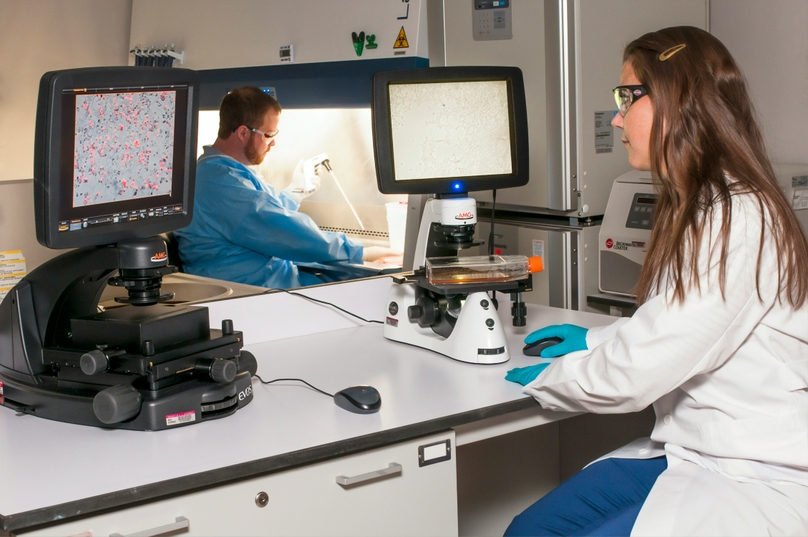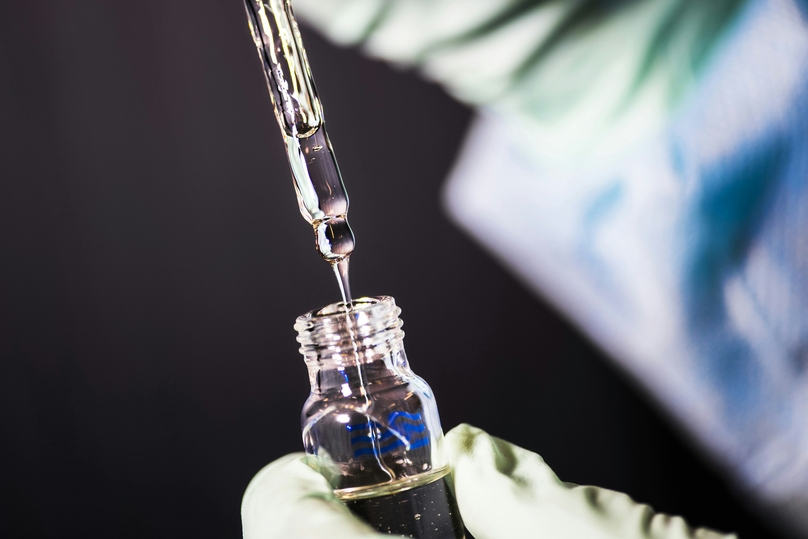In the fast-evolving field of medical laboratories, managing data efficiently is not just a necessity but a cornerstone for success. Lab data management software stands out as a vital tool that transforms raw data into comprehensible, actionable insights. This technology not only facilitates better data handling but also ensures that information is accessible and secure, paving the way for advanced research and diagnostic accuracy.
Understanding the Need for Lab Data Management in Medical Laboratories
The volume of data generated in medical laboratories is immense. From patient records and test results to research data, every piece of information needs to be meticulously handled to prevent errors that could affect patient outcomes and research integrity. Lab data management software provides a structured platform where all data elements are systematically organized and easily retrievable.
Streamlined lab organization and collaborative editing offer a perfect solution for labs that deal with high data volumes, ensuring that all team members have real-time access to necessary information. This not only speeds up the workflow but also enhances the collaborative efforts within the lab environment.
Choose the Right Software
Invest in a robust Laboratory Information Management System (LIMS) tailored to the specific needs of medical laboratories. Seek features like sample tracking, result management, and seamless instrument integration. Ensure compliance with industry standards such as CLIA, HIPAA, and GDPR to safeguard patient data. Assess various vendors to find a solution fitting your budget and requirements. A well-chosen LIMS not only enhances efficiency but also ensures regulatory compliance and data security, laying a sturdy foundation for successful laboratory operations.
Standardize Data Entry and Coding
Establish standardized protocols for data entry and coding to ensure consistency and accuracy across all laboratory processes. Implement barcoding systems for sample identification and automate data capture whenever possible to minimize errors and reduce manual workload.
Integrate Instruments and Devices
Integrating laboratory instruments and devices with your Laboratory Information Management System (LIMS) creates a seamless data collection process. By directly linking instruments to the central database, manual data entry becomes obsolete, minimizing the potential for transcription errors.
This integration not only streamlines operations but also enhances data accuracy and integrity. With real-time data transfer, your laboratory can operate more efficiently, ensuring that analyses and results are based on reliable information. Ultimately, this integration optimizes workflow, reduces errors, and improves overall laboratory performance.
Implement Quality Control Measures
Establishing robust quality control measures is essential for ensuring the accuracy and reliability of laboratory data. This involves regular instrument calibration, proficiency testing, and continuous training for laboratory staff.
By maintaining data integrity and adhering to regulatory standards, you not only uphold the quality of your results but also instill confidence in patients and healthcare professionals alike. These measures serve as a cornerstone for delivering precise and trustworthy laboratory analyses, ultimately improving patient care outcomes.
Ensure Data Security and Privacy
Safeguard sensitive patient information by implementing strict data security and privacy measures. Encrypt data during transmission and storage, restrict access to authorized personnel only, and regularly audit system activity to detect and prevent unauthorized access or breaches.
Embrace Automation and AI
Harness the power of automation and artificial intelligence to streamline repetitive tasks and improve decision-making processes. Use AI algorithms to analyze large datasets, identify patterns, and flag anomalies, enabling faster and more accurate diagnosis and treatment recommendations.
Foster Collaboration and Communication
Promote collaboration and communication among laboratory staff, clinicians, and other healthcare professionals involved in patient care. Implement features such as electronic data sharing and real-time notifications to facilitate the timely exchange of information and improve patient outcomes.
Stay Agile and Flexible
Continuously monitor and evaluate your data management system to identify areas for optimization and improvement. Stay abreast of technological advancements and industry trends, and be prepared to adapt your processes and infrastructure accordingly to stay competitive and compliant.
Educate and Train Staff
Provide comprehensive training and ongoing education for laboratory staff on data management protocols, software usage, and regulatory requirements. Foster a culture of accountability and continuous learning to ensure that all team members are equipped with the knowledge and skills needed to effectively navigate the complexities of lab data management.
At Genemod, we understand the challenges faced by modern medical laboratories. That's why we've dedicated ourselves to developing comprehensive lab data management solutions that meet your needs. Whether you're looking to streamline your operations, enhance collaboration, or ensure regulatory compliance, our tools are designed to help you succeed. Join us in revolutionizing lab data management and taking your laboratory’s efficiency to the next level. Visit us today to discover how our solutions can transform your lab.


















